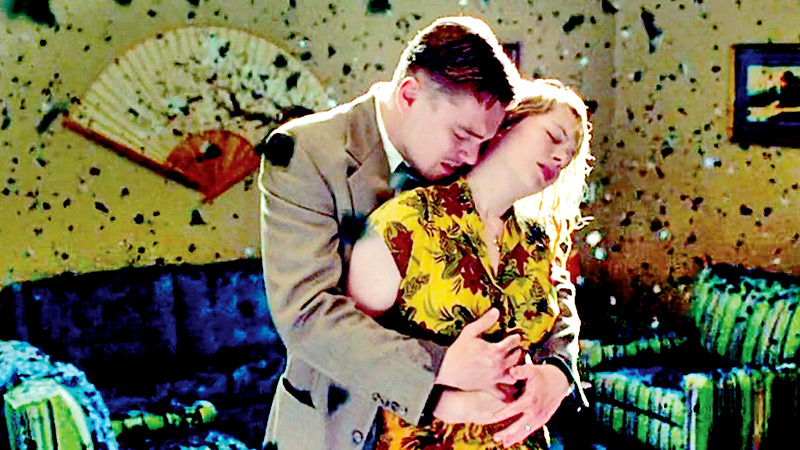In 2010, Martin Scorsese’s cinematic prowess brought Dennis Lehane’s psychological thriller novel “Shutter Island” to life on the big screen.
The film, starring Leonardo DiCaprio as the enigmatic Deputy U.S. Marshal Edward “Teddy” Daniels, took audiences on a dark and mysterious journey through the labyrinthine corridors of Ashecliffe Hospital for the criminally insane. As we delve into the details of this neo-noir masterpiece, it becomes evident why Shutter Island remains an enduring cinematic enigma, cherished by fans and cinephiles alike.
A mysterious plot
 The film’s plot is a gripping exploration of the human psyche, set in 1954, as Teddy Daniels and his partner Chuck Aule investigate the disappearance of a patient, Rachel Solando, who previously drowned her children. The hospital staff, led by the cryptic Dr. John Cawley, appears uncooperative. Teddy, plagued by haunting flashbacks and vivid dreams, embarks on a quest to uncover the truth behind the disappearance and the sinister activities on the island. The narrative is a puzzle that leaves viewers questioning reality and the boundaries of human perception.
The film’s plot is a gripping exploration of the human psyche, set in 1954, as Teddy Daniels and his partner Chuck Aule investigate the disappearance of a patient, Rachel Solando, who previously drowned her children. The hospital staff, led by the cryptic Dr. John Cawley, appears uncooperative. Teddy, plagued by haunting flashbacks and vivid dreams, embarks on a quest to uncover the truth behind the disappearance and the sinister activities on the island. The narrative is a puzzle that leaves viewers questioning reality and the boundaries of human perception.
A masterpiece of cinematic art
Martin Scorsese’s directorial genius is on full display in Shutter Island. The film’s meticulous attention to detail, combined with its noir aesthetics, creates a brooding and foreboding atmosphere.
Scorsese pays homage to classic directors like Alfred Hitchcock, infusing the film with a sense of impending doom and uncertainty. The use of classical music, including pieces by Gustav Mahler, Krzysztof Penderecki, and John Cage, heightens the tension and unease, contributing to the film’s dark and haunting ambiance.
A cinematic puzzle
One of Shutter Island’s most enduring qualities is its open-ended conclusion. The film leaves viewers grappling with the question posed by the character Andrew Laeddis: “which would be worse – to live as a monster, or to die as a good man?” This enigmatic line, not found in the original novel, has sparked countless discussions and interpretations.









